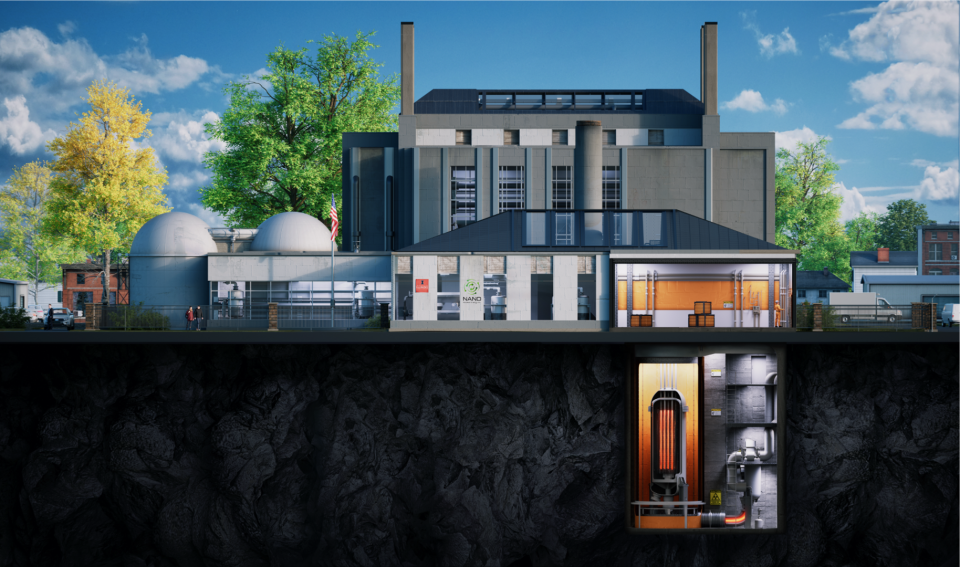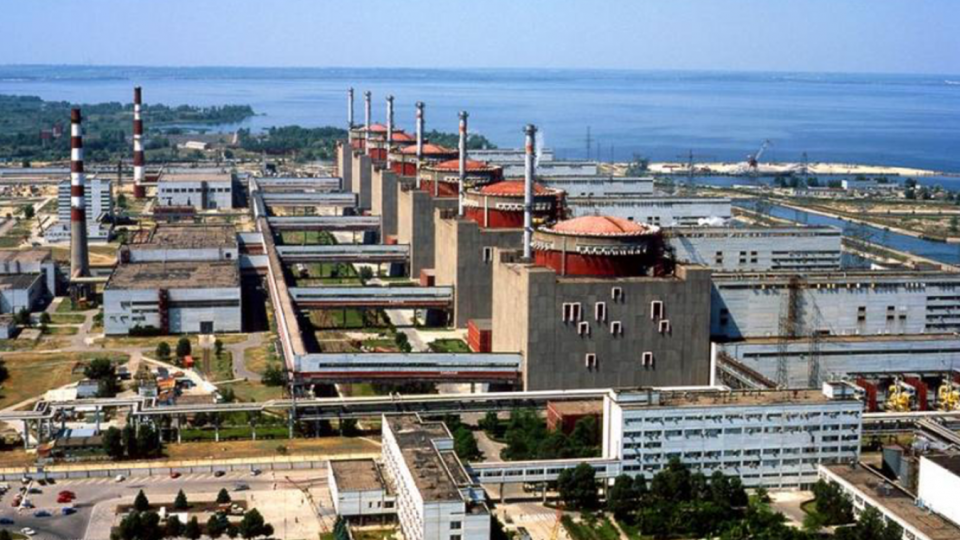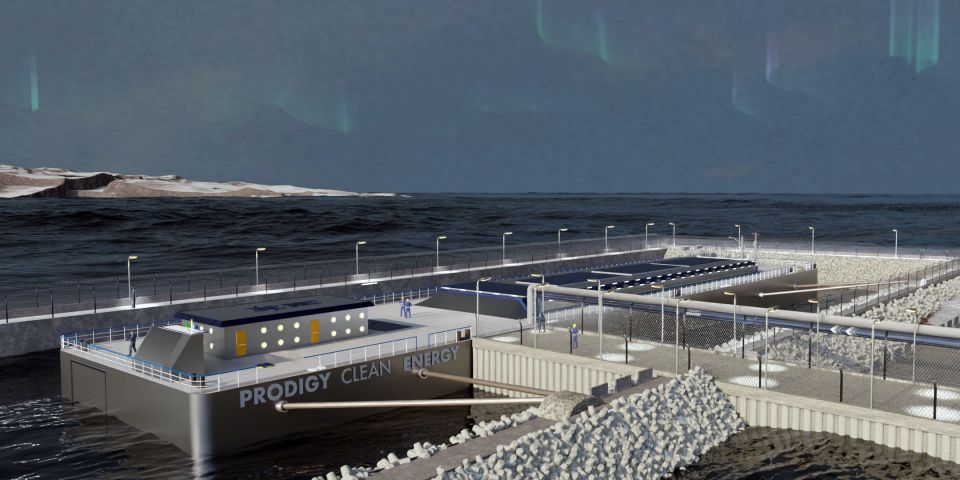Air Force nears end of contested microreactor procurement process

Eielson Air Force Base in central Alaska has been the preferred location to demonstrate the benefits of microreactors to the U.S. Air Force—and by extension the Defense Department—since 2018. Now, a protracted solicitation process is nearing an end, and the Air Force and the Defense Logistics Agency Energy (DLA Energy) expect to announce a final procurement decision by the end of the summer—or about one year after Oklo Inc. announced that it had been tentatively selected to supply a microreactor under a 30-year power purchase agreement.
Twist and turns: The Fiscal Year 2019 National Defense Authorization Act (NDAA) called on the Air Force to identify potential locations to site, construct, and operate a microreactor. The Air Force partnered with DLA Energy to create a pilot program, and procurement began with a request for proposals in September 2022 with a November due date (later extended to January 2023). The Air Force and DLA Energy announced their intent to award the contract to microreactor developer Oklo in August 2023. But the next month, in response to a claim filed by a bidder (and according to a document sent by DLA Energy to Ultra Safe Nuclear [USNC] and made public by a reporter for Northern Journal), DLA Energy rescinded its decision to allow for “further consideration.”
Nancy Balkus, deputy assistant secretary of the Air Force for Environment, Safety, and Infrastructure, was asked about the procurement status during a presentation to the Alaska Senate Resources Committee on March 18. She explained that a notice of intent to award “was then reissued in February [2024], and then in March . . . a bidder then submitted a GAO protest. So that's where we stand today with a bid protest with the Government Accountability Office [which] has the due date of June 20th to be resolved.”
According to a May 2024 newsletter from the Balkus’s office, as a result of that protest, “A stop work order was issued for the procurement followed by the rescission of the notice of intent to award. As of April 12th, the procurement was placed on pause to allow for additional proposal review(s) set to be complete by the end of summer 2024.”
GAO bid protest records show the bidder to be USNC, which is developing and marketing a high-temperature gas-cooled microreactor. USNC was one of four microreactor developers—also including Oklo, Radiant Nuclear, and Westinghouse Electric Company—represented at a December 2023 stakeholder meeting for pilot project partners and community leaders, according to a January newsletter from Balkus’s office.
Work continues, with timeline in question: During the nearly two-year procurement, the Air Force has maintained the target of 2027 for an operational microreactor as originally defined in the FY 2019 NDAA. But in a set of FAQs last updated in May, they hedge: “The Department of the Air Force aims to have an operational reactor by 2027. The construction timeline is dependent on the vendor, and construction will begin only after the vendor meets siting and permitting requirements from the Nuclear Regulatory Commission.”
A fact sheet, also updated in May, gives “TBD 2027” as the date when “Demonstration and operational testing is targeted to begin (timeline is tentative and subject to change).”
Regulatory dialogue: The latest project newsletter stated that “We understand the importance of maintaining momentum while we complete due diligence requirements, including facilitating key conversations with federal and local partners on siting, licensing, and environmental health and safety. For example, the [Air Force] is engaged in an ongoing dialogue with the [NRC] regarding National Environmental Policy Act (NEPA) requirements. Unanticipated milestone shifts have not halted our efforts to build relationships through information sharing, a crucial component of the microreactor pilot’s success.”
Balkus described the Eielson microreactor to the Alaskan Senate Resources Committee as a “pathfinder” project. “We're trying to blaze the trail along with the Nuclear Regulatory Commission and the Defense Logistics Agency to license the microreactor and then create a playbook of how other villages or communities and cities in the state of Alaska and beyond can then pursue safe, clean, and affordable energy through a microreactor,” she said.
Eielson could eventually host more than one microreactor. “We're only preparing for a 5-MW microreactor, and the installation currently uses 15 to 18 megawatts of power,” Balkus told the committee, “so we're doing this small scale first, and then we'll add on to it once we have proven it.”
DOD’s nuclear community: The Air Force is participating in the DOD’s Nuclear Power Community of Interest—a “forum for connected learning related to nuclear power within DOD and the national labs”—according to the latest newsletter from Balkus’s office.
In addition to the Eielson microreactor pilot program, the DOD is pursuing other projects that would put nuclear power to use for the military. That includes Project Pele, the DOD-backed demonstration of a mobile microreactor designed by BWX Technologies at Idaho National Laboratory, and the Army’s fast-tracked solicitation, announced in early June, for two microreactors providing 3–10 MW of power to site at military bases by 2030. It also includes an Air Force collaboration with Radiant Nuclear at Hill Air Force Base in Utah, announced in March 2023, to simulate how microreactors could supply heat and power to the base.






